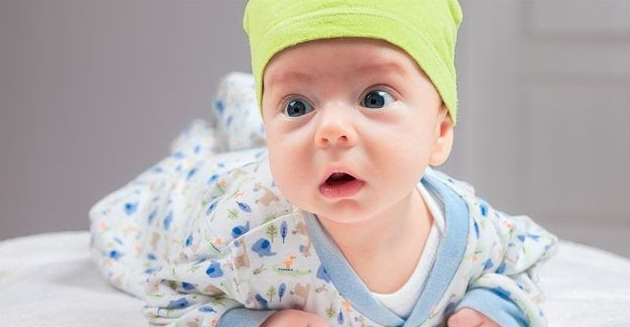How Babies' Senses Develop
Babies' five senses—sight, hearing, taste, smell, and touch—undergo significant development during pregnancy and early infancy. Here's an overview of how each sense organ develops:
Sight
- Prenatal development: The structures of the eyes begin forming early in pregnancy. By about the 22nd week, the fetus can detect light and may respond to bright sources of light from outside the womb.
- Infancy development: At birth, a baby's visual acuity is relatively poor, and they can primarily see objects within a range of 8 to 12 inches. Over the first few months, their vision improves, and they develop the ability to track moving objects, perceive depth, and differentiate colors.
Hearing
- Prenatal development: The development of the auditory system starts around the 18th week of pregnancy. By the third trimester, the fetus can perceive sounds from the external environment and may even respond to familiar voices or music.
- Infancy development: At birth, a baby's hearing is fully functional. They can recognize and be soothed by familiar voices, turn their heads toward sounds, and startle in response to sudden loud noises. Over time, they become more adept at localizing sounds and distinguishing different pitches and tones.
Taste
- Prenatal development: Taste buds begin to develop around the 8th week of pregnancy. By the end of the second trimester, the fetus starts swallowing amniotic fluid and can taste the flavors that pass through it.
- Infancy development: Newborns have a preference for sweet tastes and may exhibit facial expressions of pleasure or distaste in response to different flavors. As they continue to grow and are introduced to solid foods, their taste preferences and ability to discern flavors develop further.
Smell
- Prenatal development: The olfactory system starts developing early in pregnancy. The fetus can detect odors present in the amniotic fluid and may exhibit preferences or aversions to certain smells.
- Infancy development: Newborns have a well-developed sense of smell and can recognize their mother's scent. They may display preferences for familiar smells and show signs of discomfort or pleasure in response to different odors. The ability to discriminate between various smells further improves with age.
Touch
- Prenatal development: The sense of touch begins developing early in gestation. The fetus can respond to touch stimuli by moving or changing their position in the womb.
- Infancy development: Newborns are highly sensitive to touch and can perceive sensations such as pain, pressure, temperature, and texture. They find comfort in gentle caresses, skin-to-skin contact, and being held. Over time, their tactile sensitivity and ability to explore and manipulate objects with their hands improve.
It's important to note that the development of these sense organs continues throughout infancy and early childhood, and the experiences and interactions a baby has with their environment play a crucial role in shaping their sensory perception and understanding of the world.
Here are some tips for helping your baby's senses develop:
- Expose your baby to a variety of sights, sounds, smells, tastes, and textures. This will help them learn to discriminate between different stimuli and develop their sensory awareness.
- Talk to your baby often and sing to them. This will help them develop their auditory skills and learn to associate words and sounds with objects and people.
- Let your baby explore different objects with their hands and mouth. This will help them develop their tactile sense and learn about the properties of different objects.
- Hold your baby close and provide them with plenty of skin-to-skin contact. This will help them develop their sense of touch and feel secure and loved.
By providing your baby with a stimulating and enriched environment, you can help them develop their senses and learn about the world around them.

